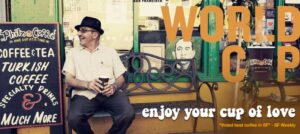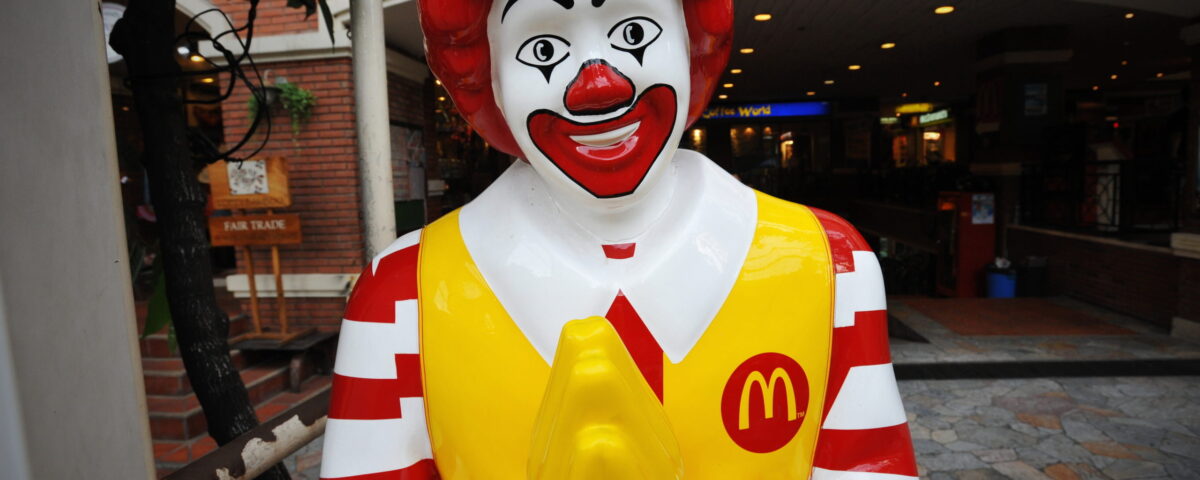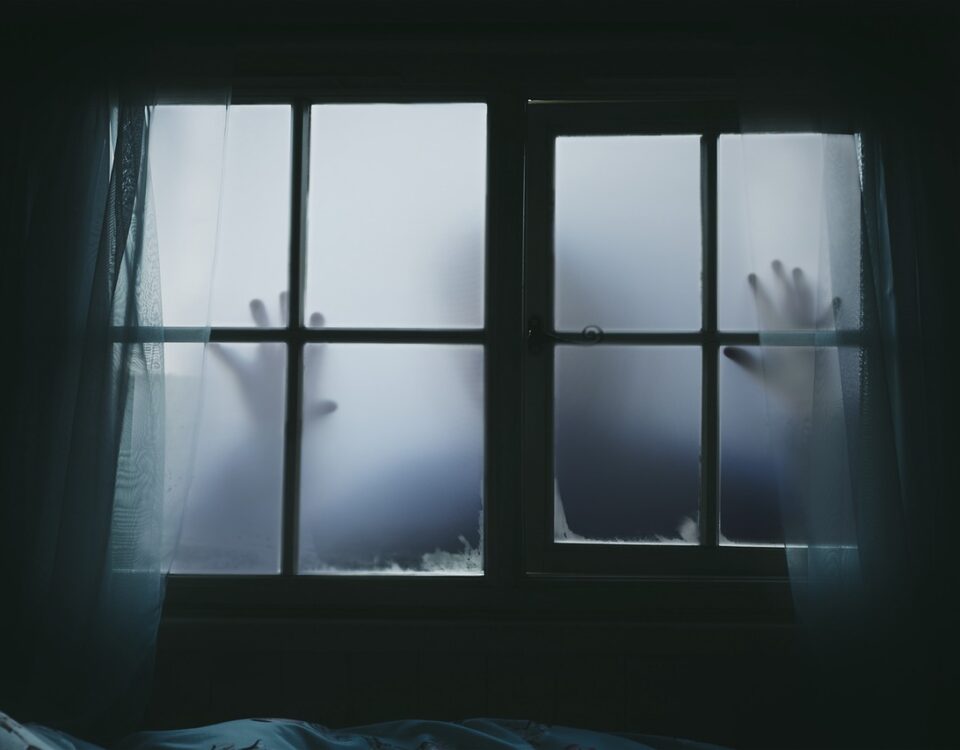
What Gorgeous Money Looks Like
April 8, 2015
A One is Enough Gender Gap Problem
April 10, 2015During my visit to San Francisco last month I was delighted to have discovered Philz. Totally individualized, the coffee was only pour over, my fruit muffin tasted homemade, and the baristas knew their beans. As a small, sophisticated and shabby shop, Philz had a San Francisco identity.

From: Philz
During my flight back to NJ on Virgin America, i was surprised that they served Philz coffee. Then, a little research revealed that there were 14 Philz coffee shops. Bigger than I had assumed, Philz is a chain.
Where are we going? To the municipalities that limit chain stores.
San Francisco’s Chain Store Dilemma
San Francisco’s formula store ordinance requires certain business categories like coffee shops that have 11 locations anywhere in the world to apply for a conditional use permit that could take a half a year to get and cost thousands of dollars. The reason is to protect local homegrown small businesses from bigger chain competition.
But Philz is a homegrown local business. Because it has 14 locations, to establish #15, it would have to undergo the conditional use process. It could even be banned in the San Francisco neighborhoods that bar all chains. Local officials say they are trying to create an exception for the Philzs of the city.
Other municipalities are wrestling with the chain store dilemma.
Jersey City
The mayor of Jersey City wants to limit chains. His proposal would create a 30 percent cap for the commercial downtown space that all businesses with 10 other locations within 300 miles from Jersey City could occupy.
Nantucket
Located 30 miles off the Massachusetts coast, the island of Nantucket also limits chains. Yes, there is a Ralph Lauren Polo store that seems to have crept in just before the prohibition was imposed while Cumberland Farms and two Stop ‘n Shop supermarkets got a special okay. Otherwise, populated mostly by small charming restaurants and jewelers, clothing shops and art galleries, the island’s Main Street and beyond have no chains.
Our Bottom Line: Competitive Market Structure
Looking through an economic lens, we can say that banning chain stores changes our competitive market structure. On a market structure scale, below, we are moving toward the left where smaller businesses have less pricing power unless government protects them.

By banning the chains, cities decrease competition. The result? According to a San Francisco study, prices are 17 percent higher. On the other hand, mom and pops can create more of a local spending multiplier because the money stays at home and they bring local charm.
In Nantucket I do miss Starbucks. But the tradeoffs are worth it.
![econlifelogotrademarkedwebsitelogo[1]](/wp-content/uploads/2024/05/econlifelogotrademarkedwebsitelogo1.png#100878)



